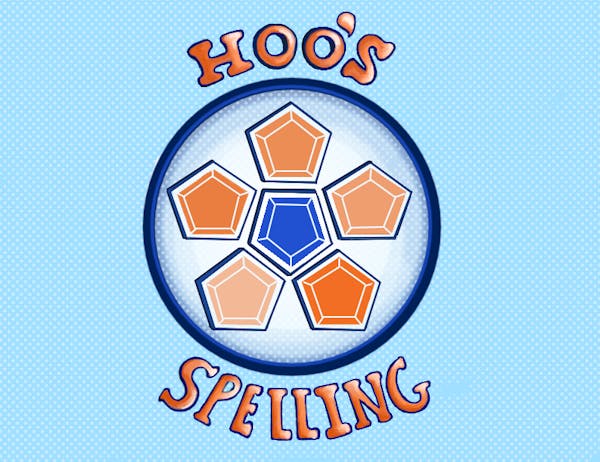Prof. to use NSF grant to study toxic emissions
By Max Hall and Joanne Tu | March 30, 2007Environmental Sciences Prof. Todd Scanlon recently received a research grant from the National Science Foundation that will allow him to further his research on the problem of toxic emissions in Virginia. Elizabeth VanderPutten, chair of the National Science Foundation's CAREER Coordinating Committee, said the $449,000 award is meant to encourage younger faculty to pursue research and community education. "We consider this award to be the most prestigious award to young faculty by NSF [and] we expect the awardees to be the leading teacher-scholars over the next generation," VanderPutten said. Scanlon said he will use the grant money to research nitrous oxide emissions as part of the Long-Term Ecological Research project at the University's Virginia Coast Reserve research station on the Eastern Shore. Scanlon said nitrous oxide damages the ozone layer and is more potent as a greenhouse gas than carbon dioxide. "Where we're taking these measurements is in an agricultural watershed where there are fertilizer applications that result in elevated nitrogen levels and when the nitrogen gets broken down, this is where we get nitrous oxide emissions occurring," Scanlon said. Scanlon said he will also research methyl mercury accumulation in the ecosystem at Shenandoah National Park. "In areas where we wouldn't expect to see too much mercury, scientists have found elevated concentrations of mercury due to atmospheric deposition," Scanlon said.




